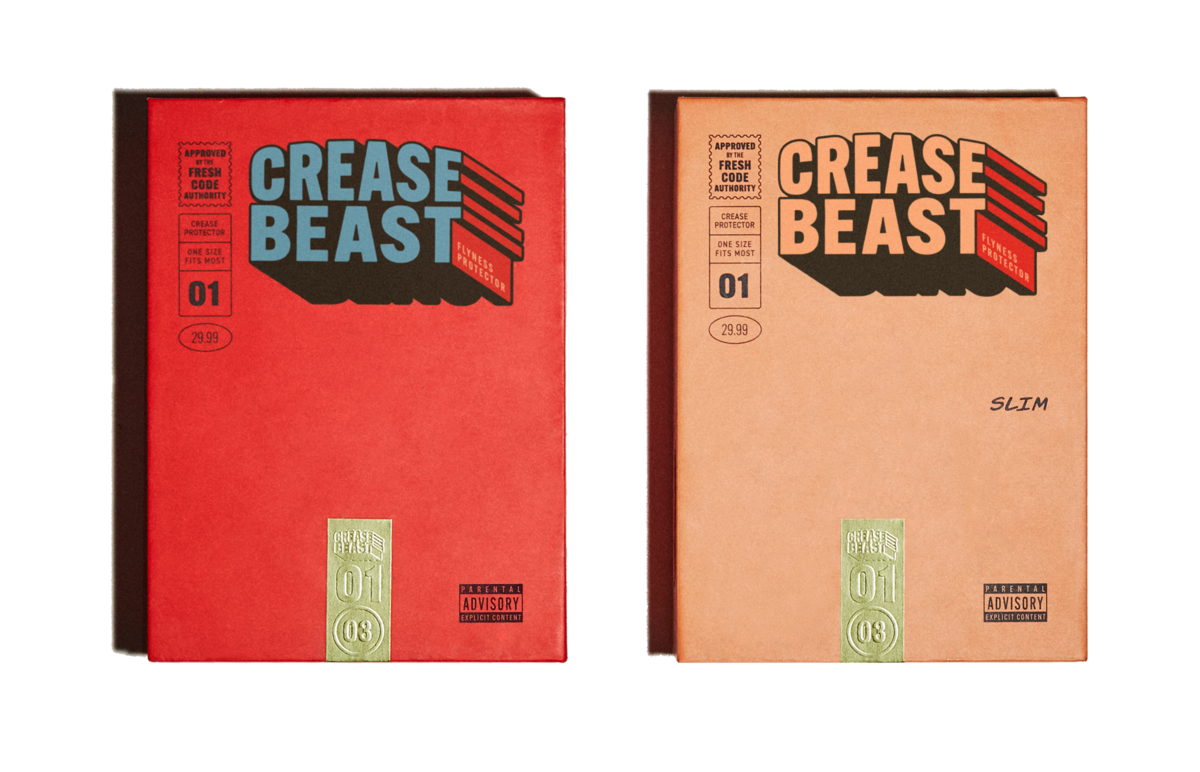Shoe Fit and Creasing Dynamics
When it comes to finding the perfect pair of shoes, there are a multitude of factors to consider. One of the most important aspects is ensuring that the fit is just right. A shoe that fits properly not only provides comfort, but it also affects the way the shoe creases over time.
The Impact of Fit and Sizing
Fit and sizing are crucial factors in the shoe-buying process. Ill-fitting shoes can cause discomfort, pain, and even lead to foot problems in the long run. It is essential to find the correct size by measuring your feet accurately and considering the variations in sizing across different shoe brands and styles.
Once you have determined the right size, the fit of the shoe becomes the next consideration. There are various aspects of fit to keep in mind, including the width, length, and depth of the shoe. A shoe that is too narrow can squeeze the foot and lead to blisters, while one that is too wide may cause the foot to slide around within the shoe, resulting in instability.
Another crucial factor to consider is the type of foot you have. Understanding your foot's shape, arch type, and support needs can greatly impact your shoe selection. Whether you have a high arch, a flat foot, or require additional arch support, finding the right shoes that cater to the unique needs of your feet is paramount.
The Role of Comfort
Comfort is a key factor that should never be compromised when choosing shoes. While aesthetics and style may catch our attention, it is important to prioritize how the shoes feel on our feet. Comfortable shoes should provide ample cushioning, support, and flexibility to allow natural movement while reducing pressure points.
Keep in mind that comfort is subjective and can vary from person to person. Some individuals may prefer a softer cushioning, while others may require a firmer sole for added stability. It is crucial to try on shoes and walk around in them to gauge their comfort levels before making a purchase.
The Tradeoffs and Challenges
When it comes to shoe fit and creasing dynamics, striking a balance between the various factors can be challenging. A shoe that fits snugly may provide excellent support and prevent creasing, but it may sacrifice some comfort. On the other hand, a looser fit may offer more comfort but may lead to more pronounced creasing over time.
Furthermore, different shoe materials and designs can impact how a shoe creases. Stiffer materials may resist creasing, but they can also restrict foot movement and affect overall comfort. Softer materials, on the other hand, may crease more easily, but they often provide a more forgiving and comfortable fit.
The Importance of Considerations
Considering the impact of shoe fit and creasing dynamics is vital for both short-term and long-term foot health. Wearing shoes that do not fit properly can lead to foot pain, blisters, calluses, and even contribute to more severe conditions such as bunions or plantar fasciitis.
To minimize potential issues, it is essential to invest time in finding the right shoes that offer a balance between fit, comfort, and creasing dynamics. Ensuring proper foot support, adequate cushioning, and a fit that allows natural movement are the key elements to consider when making shoe-buying decisions.
Remember, every foot is unique, and what works for someone else may not work for you. Take the time to understand your feet, consider any specific needs you may have, and consult with knowledgeable professionals if necessary. By prioritizing shoe fit and creasing dynamics, you can enhance your overall shoe-wearing experience and maintain healthy feet.
